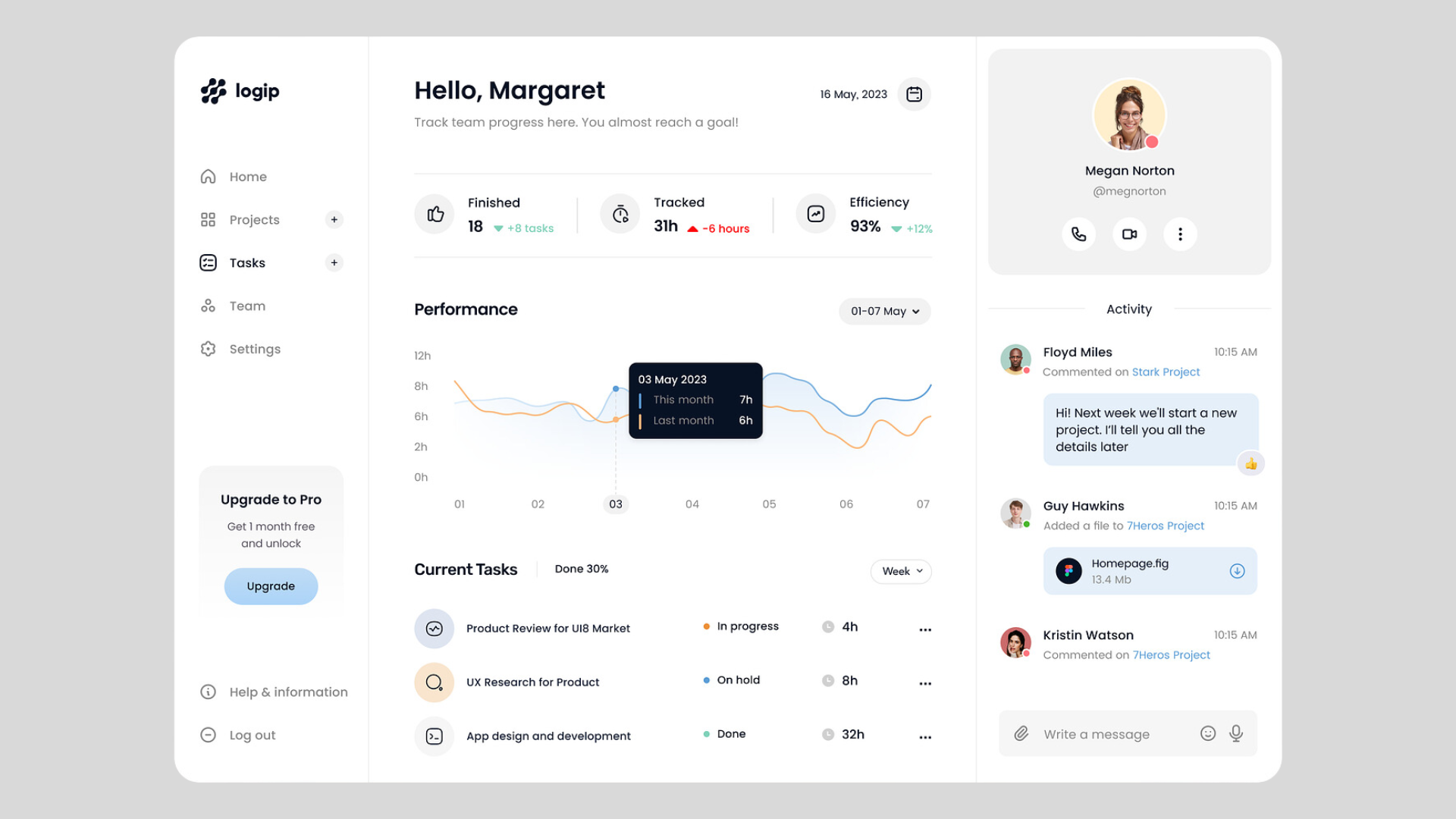
More Than Homeshare: Learning from Airbnb’s Journey to UX Leadership
Airbnb has revolutionized the travel industry, transforming hospitality from a rigid, standardized experience to a diverse and personalized one. But beyond the innovative business model lies a powerful foundation: user experience (UX) design. Airbnb has established itself as a leader in UX, crafting an intuitive and user-friendly platform that fosters trust, connection, and unforgettable travel experiences.
Designing for a platform like Airbnb presents unique challenges. It requires balancing the needs of diverse users, from travelers seeking unique accommodations to hosts opening their homes to strangers. Building trust and human connection in an online environment adds another layer of complexity. However, Airbnb has embraced these challenges, turning them into opportunities to create a truly remarkable user experience.
In this article, we delve into the intricacies of Airbnb’s UX journey, exploring how it has not only revolutionized homesharing but also set a benchmark for design excellence in the broader travel landscape.
Table of Contents
I. Early Foundations of Airbnb’s Success
Airbnb’s journey to UX leadership began with a foundation built on two key pillars: design thinking and a relentless focus on trust and safety.
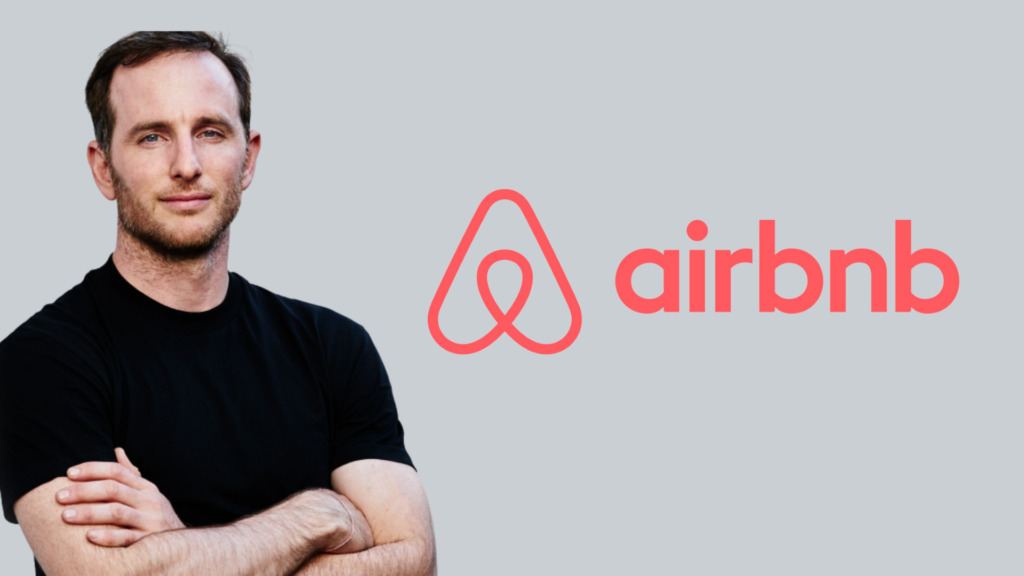
Design Thinking at the Core:
From the outset, Airbnb co-founder Joe Gebbia’s background in design thinking shaped the company’s approach. This human-centered methodology emphasizes understanding user needs, iterating based on feedback, and creating solutions that truly resonate with users. This philosophy permeated Airbnb’s early design decisions, ensuring that the platform catered not just to the functional needs of booking accommodation, but also to the emotional desires for connection, trust, and unique experiences.
Prioritizing Trust and Safety in a Sharing Economy:
The concept of strangers staying in each other’s homes inherently raised concerns about trust and safety. Airbnb recognized this challenge early on and made it a top priority. The company implemented several design features specifically aimed at addressing these concerns:
Verification systems: Airbnb established a robust verification process, requiring users to confirm their identity through various means like government-issued IDs and social media connections. This initial step helped build trust and weed out potential bad actors.
Review system: A comprehensive review system allows both hosts and guests to leave feedback on their experiences. This transparency empowers users to make informed decisions and builds trust within the community.
Secure communication tools: Airbnb provides secure in-platform messaging tools for hosts and guests to communicate directly. This eliminates the need for exchanging personal contact information and fosters a safe and controlled communication environment.
Airbnb addressed the inherent concerns of a sharing economy platform, laying the groundwork for a user base that felt secure and comfortable engaging in transactions with strangers. This focus on trust and safety became a cornerstone of Airbnb’s UX philosophy and continues to be a core differentiator in the hospitality industry.
II. Key Design Contributions: Crafting a User-Centric Experience
Airbnb’s success hinges on its intuitive and user-friendly design, which manifests in several key areas:
Effortless Exploration and Booking
Finding the perfect stay is a breeze with intuitive search filters, clear map interfaces, and transparent pricing information. The streamlined booking process further enhances the experience, allowing users to secure their accommodation with minimal hassle.
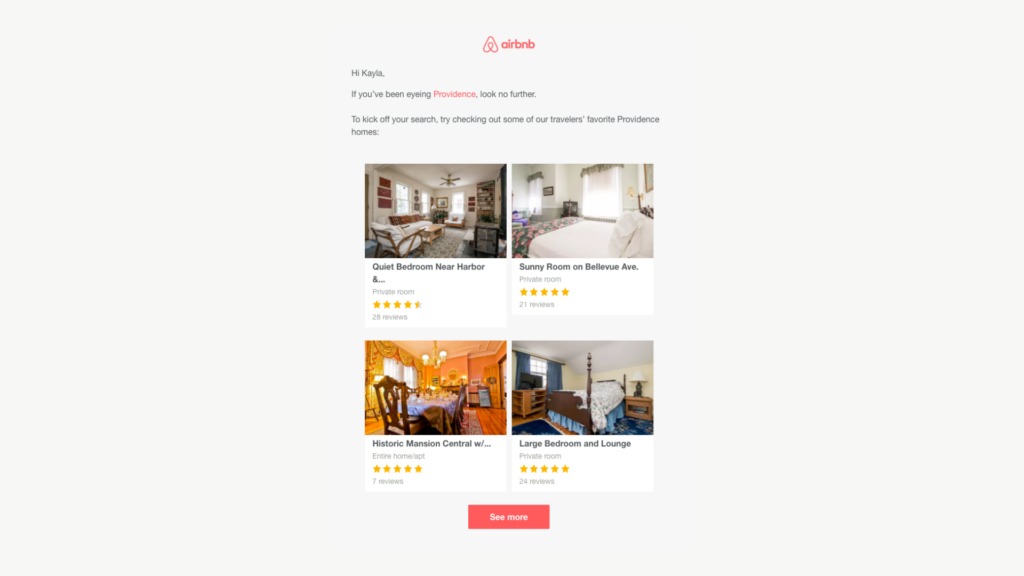
Visual Storytelling and Personalization
High-quality photos showcase listings in their full glory, fostering a sense of connection and inspiration for travelers. The platform leverages personalization to recommend listings and experiences tailored to individual preferences and travel styles, creating a more curated and relevant experience.
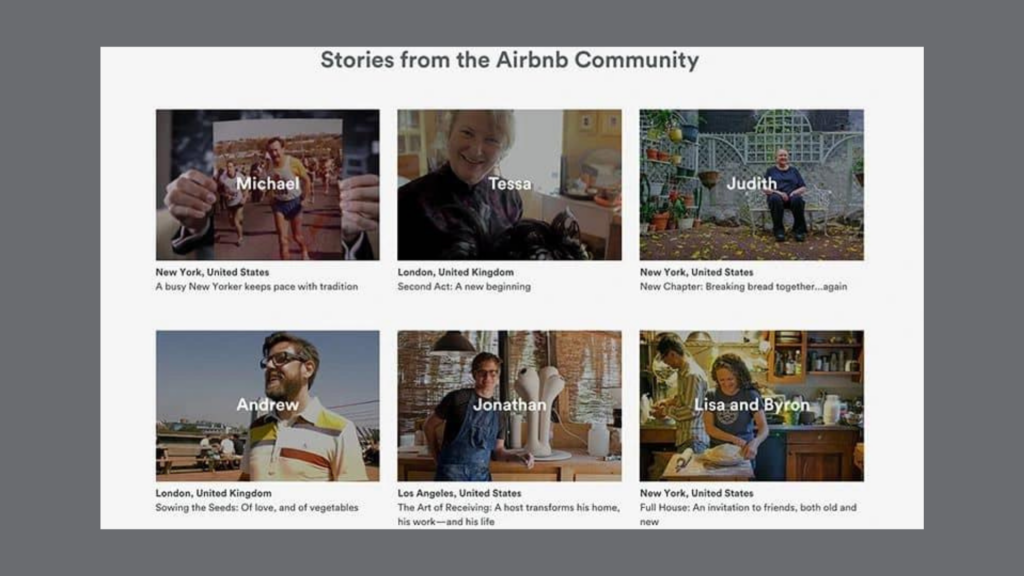
Building Community and Connection
Airbnb goes beyond simply booking accommodation. Features like host profiles, reviews, and local guides foster a sense of community and trust between travelers and hosts. Additionally, the platform integrates with local experiences and activities, enriching the travel experience and allowing users to connect with the destination on a deeper level.
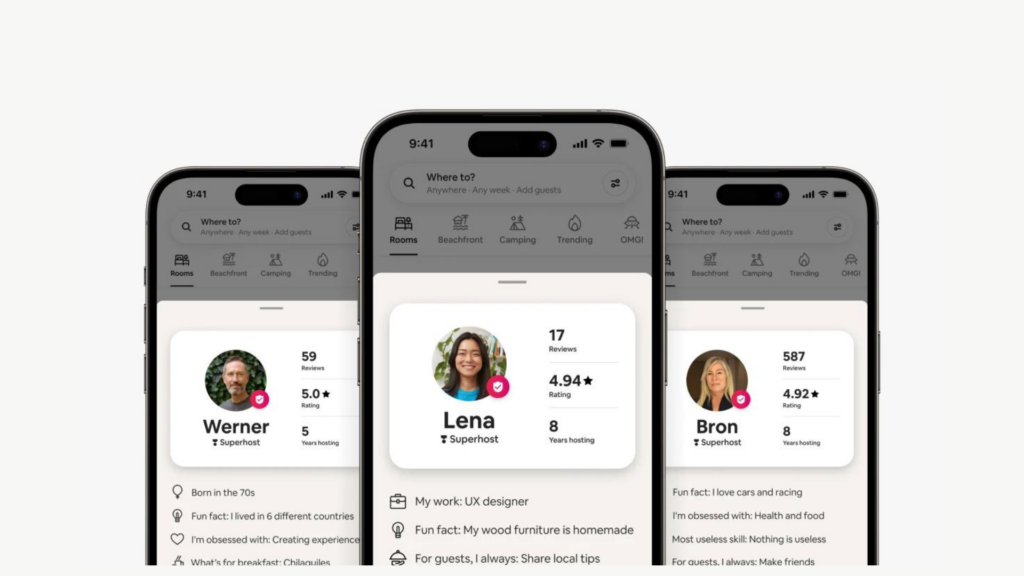
Prioritizing Mobile Users
Recognizing the shift towards mobile usage, Airbnb prioritizes a seamless mobile experience. The intuitive app design and features cater specifically to mobile users, ensuring a convenient and efficient platform regardless of location.
These design contributions come together to create a user-centric experience that is not only functional but also fosters connection, trust, and a sense of discovery for travelers.
III. Innovation and Continuous Improvement:
Airbnb’s commitment to UX excellence extends beyond its internal team. The company actively seeks to elevate its design capabilities through strategic acquisitions and partnerships
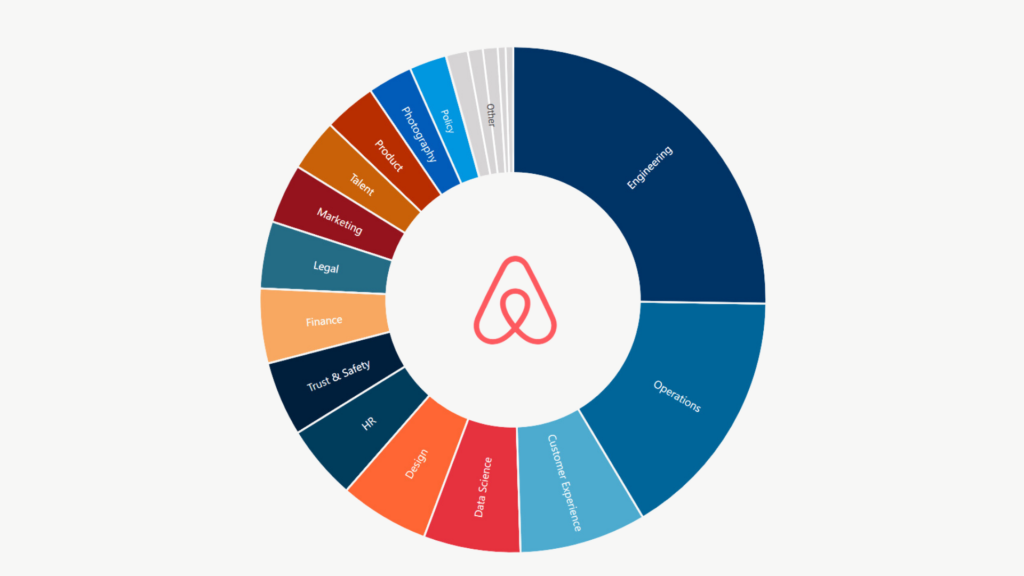
Acquisitions and Partnerships:
Airbnb’s commitment to innovation and continuous improvement extends beyond internal efforts, as evidenced by its strategic acquisitions and partnerships aimed at enhancing the platform’s UX.
Recognizing the value of expertise and diverse perspectives in design, Airbnb has actively sought to bolster its design capabilities through strategic acquisitions and partnerships. One of the key strategies employed by Airbnb is the recruitment of experienced designers who bring unique insights and expertise to the table. By hiring top talent from diverse backgrounds, Airbnb enriches its design team with fresh ideas and innovative approaches, thereby reinforcing its position as a leader in UX design.
Collaborating with Design Studios
One notable example of Airbnb’s strategic acquisitions is Samara, a design and innovation studio established by Airbnb itself. Samara focuses on exploring new ways to design and build communities, with a particular emphasis on architecture, urban planning, and social innovation.
By acquiring Samara, Airbnb has expanded its design capabilities beyond digital interfaces to encompass physical spaces and community-driven initiatives, thereby enriching the overall user experience.
Additionally, Airbnb’s partnership with the London DesignStudio underscores its commitment to elevating UX through collaboration with industry-leading design firms. The London DesignStudio brings a wealth of experience in brand strategy, digital design, and user experience to the table, allowing Airbnb to tap into its expertise in crafting compelling and cohesive user experiences across various touchpoints. Through this partnership, Airbnb strengthens its position as a design-driven organization dedicated to delivering exceptional user experiences.
IV. A/B Testing and Data-Driven Design:
Airbnb’s dedication to optimizing user experience goes beyond intuition or guesswork; it relies heavily on data-driven methodologies like A/B testing to make informed decisions and continuously refine its platform.
Ongoing Testing and Iterating Based on User Data and Feedback:
A/B testing is a cornerstone of Airbnb’s approach to UX design. This method involves presenting users with two or more variations of a design element or feature to determine which performs better in achieving a specific goal, such as increasing bookings or improving user engagement. By randomly assigning users to different variations and measuring key metrics, Airbnb can gather valuable insights into user preferences and behaviors.
Through ongoing A/B testing, Airbnb iterates on its platform continuously, fine-tuning design elements, layout, and functionality based on real-world data and feedback. This iterative approach enables Airbnb to identify and address pain points, optimize user flows, and enhance overall user satisfaction. Whether it’s testing different versions of the booking process, experimenting with new search filters, or refining the layout of listing pages, Airbnb leverages A/B testing to drive iterative improvements and deliver a seamless user experience.
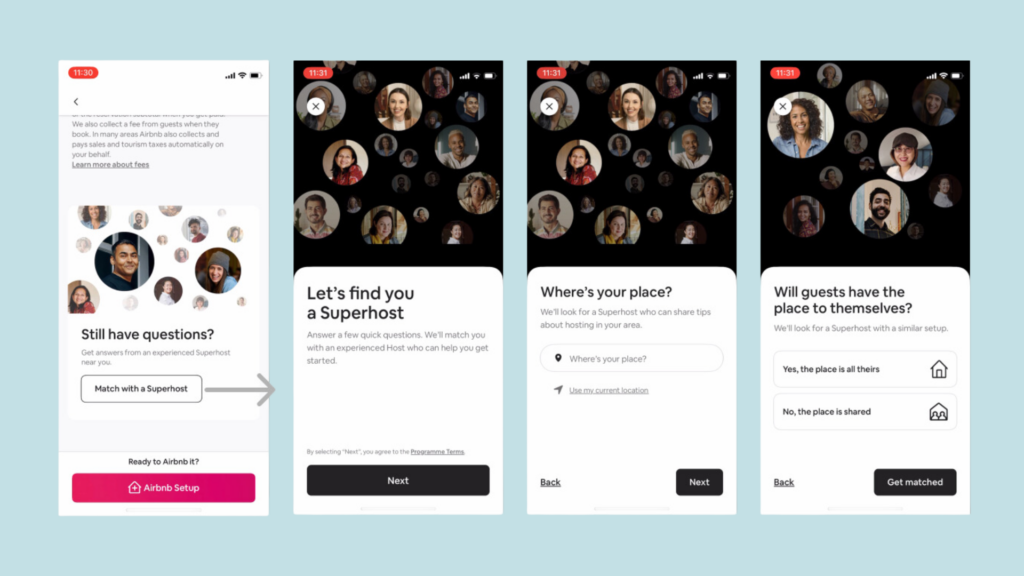
Utilizing Data to Personalize the User Experience and Optimize Conversions:
In addition to A/B testing, Airbnb harnesses the power of data to personalize the user experience and maximize conversions. By analyzing user behavior, preferences, and past interactions, Airbnb can tailor recommendations, search results, and content to match each user’s unique needs and preferences. This personalized approach not only enhances user satisfaction but also increases the likelihood of conversions, such as bookings and inquiries.
Through sophisticated algorithms and machine learning models, Airbnb can predict user preferences and interests, serving up relevant listings, experiences, and recommendations in real-time. Whether it’s suggesting accommodations similar to those users have previously booked, highlighting popular destinations based on their browsing history, or showcasing personalized travel guides and recommendations, Airbnb leverages data-driven personalization to create a more engaging and relevant user experience.
V. Focus on Accessibility and Inclusivity:
In Airbnb’s quest to redefine the hospitality experience, it recognizes the importance of ensuring that its platform is accessible and inclusive to users of all abilities and backgrounds. Through deliberate design decisions and a steadfast commitment to accessibility standards and inclusive practices, Airbnb strives to provide a seamless and equitable experience for everyone.
Design Decisions Aimed at Providing a Seamless Experience for Users with Diverse Needs:
Airbnb understands that every user interacts with its platform differently, and it endeavors to accommodate a wide range of needs and preferences. From individuals with disabilities to those with cultural or linguistic differences, Airbnb’s design decisions are guided by a commitment to inclusivity and user diversity.
For users with visual impairments, Airbnb implements features such as alt text for images, ensuring that screen readers can accurately convey visual content to users who rely on them. Additionally, the platform offers high contrast options and customizable font sizes to improve readability for users with low vision.
Moreover, Airbnb’s design team considers the needs of users with mobility impairments by optimizing the platform for keyboard navigation and ensuring that interactive elements are easily accessible. This allows users who may have difficulty using a mouse to navigate the site efficiently.
Furthermore, Airbnb recognizes the importance of catering to users with neurodiverse backgrounds, such as individuals with autism or ADHD. The platform strives to minimize distractions, provide clear and concise instructions, and offer predictable navigation patterns to create a more comfortable and user-friendly experience.
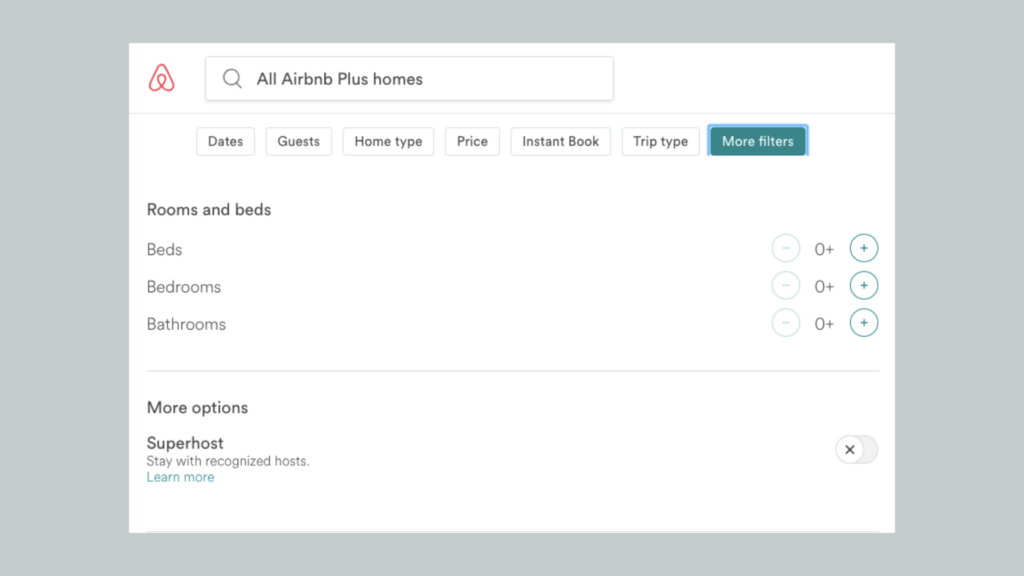
Commitment to Accessibility Standards and Inclusive Design Practices:
In addition to incorporating accessibility features into its platform, Airbnb is committed to upholding industry standards and best practices for accessibility. The company adheres to guidelines such as the Web Content Accessibility Guidelines (WCAG), which outline principles for creating accessible web content and applications.
Airbnb’s design team undergoes training on inclusive design principles to ensure that accessibility considerations are integrated into every stage of the design process. This includes conducting user research with individuals with disabilities, soliciting feedback from accessibility experts, and conducting regular audits to identify and address accessibility barriers.
Moreover, Airbnb actively engages with the accessibility community, participating in conferences, workshops, and forums to share knowledge and collaborate on initiatives to improve digital accessibility across the industry.
Conclusion
Airbnb’s journey to UX leadership has been characterized by a combination of factors that have propelled it to the forefront of the hospitality industry. The company’s success can be attributed to its relentless focus on user needs, innovative design thinking approach, and unwavering commitment to trust, safety, accessibility, and inclusivity.
Airbnb has created a platform that resonates with millions of users worldwide, offering a seamless and intuitive experience for both hosts and guests. Through continuous iteration and data-driven decision-making, Airbnb has refined its platform to meet the evolving needs and preferences of its diverse user base.
However, as the hospitality industry continues to evolve, Airbnb faces ongoing challenges and opportunities for innovation. The rise of new technologies, changing consumer behaviors, and emerging market trends present both opportunities and challenges for Airbnb to stay ahead of the curve. To maintain its position as a design leader, Airbnb must remain agile, adaptable, and responsive to market dynamics while continuing to prioritize user experience excellence.
Moreover, Airbnb’s design leadership extends beyond its own platform, influencing the broader travel industry. By setting new standards for design innovation, trust, and inclusivity, Airbnb has reshaped the way people think about travel and accommodation, inspiring competitors and industry stakeholders to elevate their own design standards.
Take your company to the next level and get results with our world class user experience, interface design and implementation.
Get a FREE 30 min Strategy Session

Related posts
Design Psychology: 4 Principles that Empower Designers – Part 3
This is part 3 of our 4-part series on basic design psychology, tackling design using senses (Sight and Touch). Check […]
Top 10 Custom Dashboard Design Tips for 2024
In 2024, data-driven decision-making isn’t just a buzzword—it’s a necessity. As businesses continue to evolve, the ability to make informed […]
Data Analytics in Design: 4 Great Approaches from Airbnb, Netflix, Amazon and Spotify
From personalising a user’s experience to mitigating risk, data analytics are invaluable when making big business decisions that lead to […]
Creative product design that gets results
Take your company to the next level with world class user experience and interface design.
get a free strategy session


